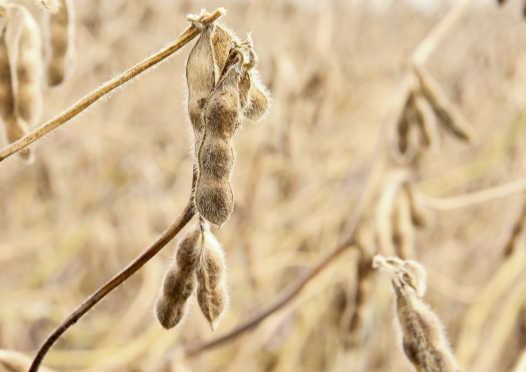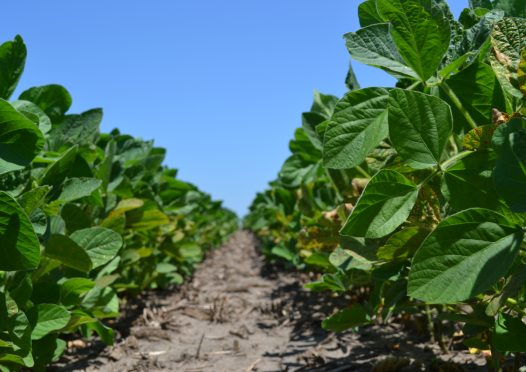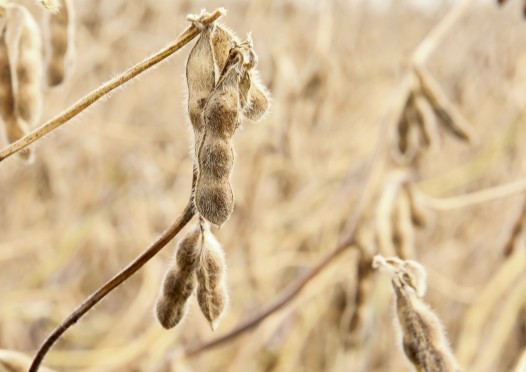ILSOYADVISOR POST
Agronomics: July Soybean Development: Flowering and Pod Set
We are into July, and soybeans are into reproductive development. Soybean plants soon will enter the most critical time for yield from R4 to R5. Pods that were set during late R2 and R3 begin to set seed at this time and will make up the bulk of the yield.
There are some differences in opinion about when soybeans actually begin and end flowering. One of the major triggers is summer solstice, when night duration begins to lengthen. While a few flowers may show before then, it really starts after summer solstice, speeds up through mid-July and then begins to slow into August with the last flowers being seen about August 10. Soybeans produce most of their flowers during July, and it is these flowers that produce the pods and seeds that make up the bulk of the yield.
Soybeans go through eight reproductive stages across four categories: flowering, pod set, seed fill and maturity. Vegetative growth continues through flowering and pod set with the last trifoliate being set about the time of the last bloom.
- R1: Beginning bloom. At least one flower is present on the main stem.
- R2: Full bloom. Flowers are found on any of the top two nodes.
- R3: Beginning pod. Pods are 3/16-inch long on one of the top four nodes.
- R4: Full pod. Pods are 3/4-inch long on one of the top four nodes.
- R5: Beginning seed. Seeds are 1/8-inch long on one of the top four nodes.
- R6: Full seed. Pods are completely filled by seeds on one of the top four nodes.
- R7: Beginning maturity. One mature pod found on the plant.
- R8: Full maturity. 95% of pods have reached mature pod color.
More than 60% of all soybean flowers abort due to stress and lack of sugars and nutrients to support their growth. Any stress during July and August impacts flower and pod survival. Soybeans ability to produce a lot of flowers and pods over an extended period of time gives it the ability to compensate for stress by adjusting its yield components. Flowers or pods that abort early during a period of stress are replaced by flowers or pods after the stress disappears.
A good example of this was the drought in 2012. If you recall, corn basically withered and died, while soybean growth stalled as they went into survival mode for two months. We know a lot of flowers and pods were lost during that July time frame, but enough seemed to survive that when the rains returned and the weather cooled in mid-August, the remaining late pods filled out, and soybean yields were for the most part average or slightly below, while corn yields were a disaster. This was a classic example of how soybean yields can compensate.
Your soybeans might be a few weeks behind in growth right now. You might have noticed that a malaise settled over soybeans during June. A number of fields exhibited a yellowish hue with slower growth that fell behind the development of corn neighbors. June was a wet month, and everyone knows that soybeans do not like wet feet. The combination of cool, wet weather and wet soils may have prevented nodulation, reduced nitrogen fixation and rooting activity. This likely slowed growth and development. What have you seen on your farm?
Agronomist Dr. Daniel Davidson posts blogs on agronomy-related topics. Feel free to contact him at djdavidson@agrwrite.com





Comments
Add new comment